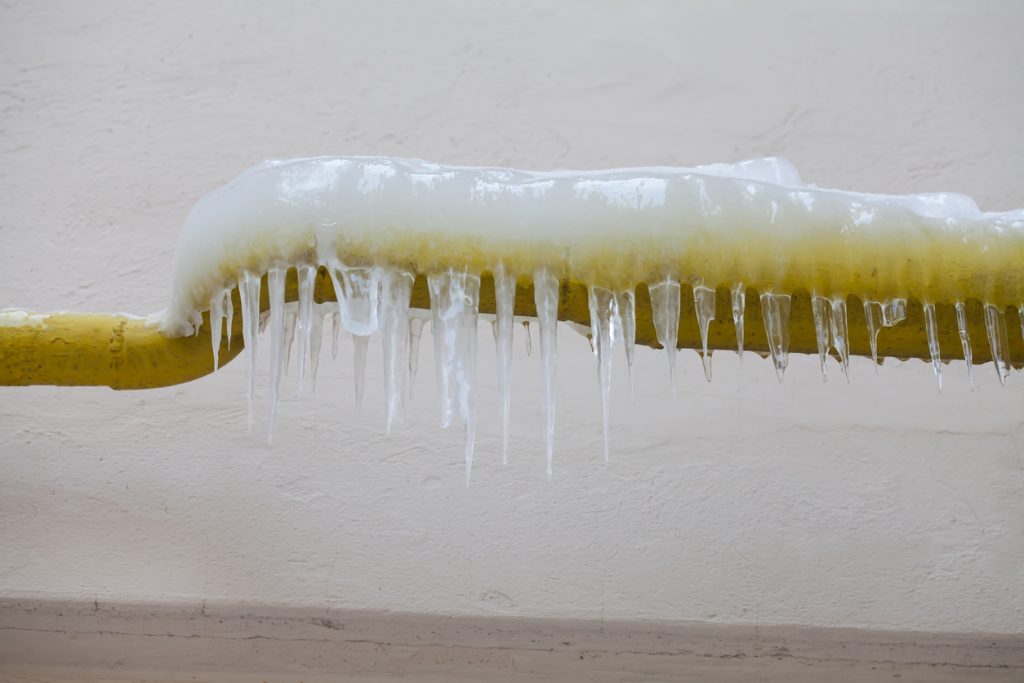Water and other materials inside of pipes can freeze and expand, causing pipe breaks. Freezing water can also cause long-term damage to water valves and gaskets, which can lead to bigger plumbing problems. In addition, frozen pipes can cause water backup, resulting in flooding. However, you can avoid all this by maintaining a proper defrosting schedule and following the proper precautions during the defrost process. Your plumbing and heating contractor can provide you with a schedule according to your needs. They can also provide you with tips on how to maintain your defrosting schedule, as well as some tricks to prevent freezing pipes. Here are some tips to help you properly defrost your frozen pipes:
1. Proper Heating
Maintaining a proper heating cycle will prevent pipes from freezing altogether. Make sure that there is heat in the rooms where you have pipes. This will ensure that moving air inside your home can circulate efficiently. Air circulation helps prevent pipes from freezing. If you have more pipes outdoors than indoors, consider installing more heaters inside your house to help reduce the effects of frozen pipes.
However, you should avoid using open flames to heat your pipes. This will only increase the risk of carbon monoxide poisoning and fire. Your heating contractor can help you determine how to best heat your home to prevent frozen pipes. In addition, you can use other methods to heat your home and pipes, such as a radiator or space heater.
2. Insulate Pipes
Insulation may not completely prevent frozen pipes, but it can slow down the process and help thaw pipes faster if they freeze. If your home has exterior plumbing, ensure you insulate these pipes before winter sets in. In addition, it is important to cover them with a thermal blanket or warm fabric when temperatures rise below freezing outside. It will also prevent pipes from expanding during the defrosting process.
You can also use insulation if your pipes are in an attic, window sill, crawl space, or basement. Insulation should be at least 1 inch, but consider using thicker insulation if you live in an area where temperatures fall below freezing for long periods. You can easily find insulation at your local home improvement store. It is important to note that some materials absorb water and will not be effective in preventing frozen pipes. The best materials for this purpose are fiberglass, rock wool, and cellulose.
3. Leaving Faucets to Slightly Drip
This is one of the easiest methods to prevent frozen pipes, and it will not cost you extra money. leave the faucet on slightly so that a small amount of water can drip out. This small amount of water will prevent freezing in your pipes. Additionally, it will also help prevent pipes from bursting during the defrosting process. Keep this faucet on once you are done with the defrosting process.
Conclusion
The above tips will help keep your pipes from freezing during winter. They are simple and inexpensive to implement yet highly effective for preventing frozen pipes. As an added benefit, they also help prevent damage to your plumbing system. When looking for plumbing services like repiping in Bozeman, MT, contact us at Mountain Valley right away.

